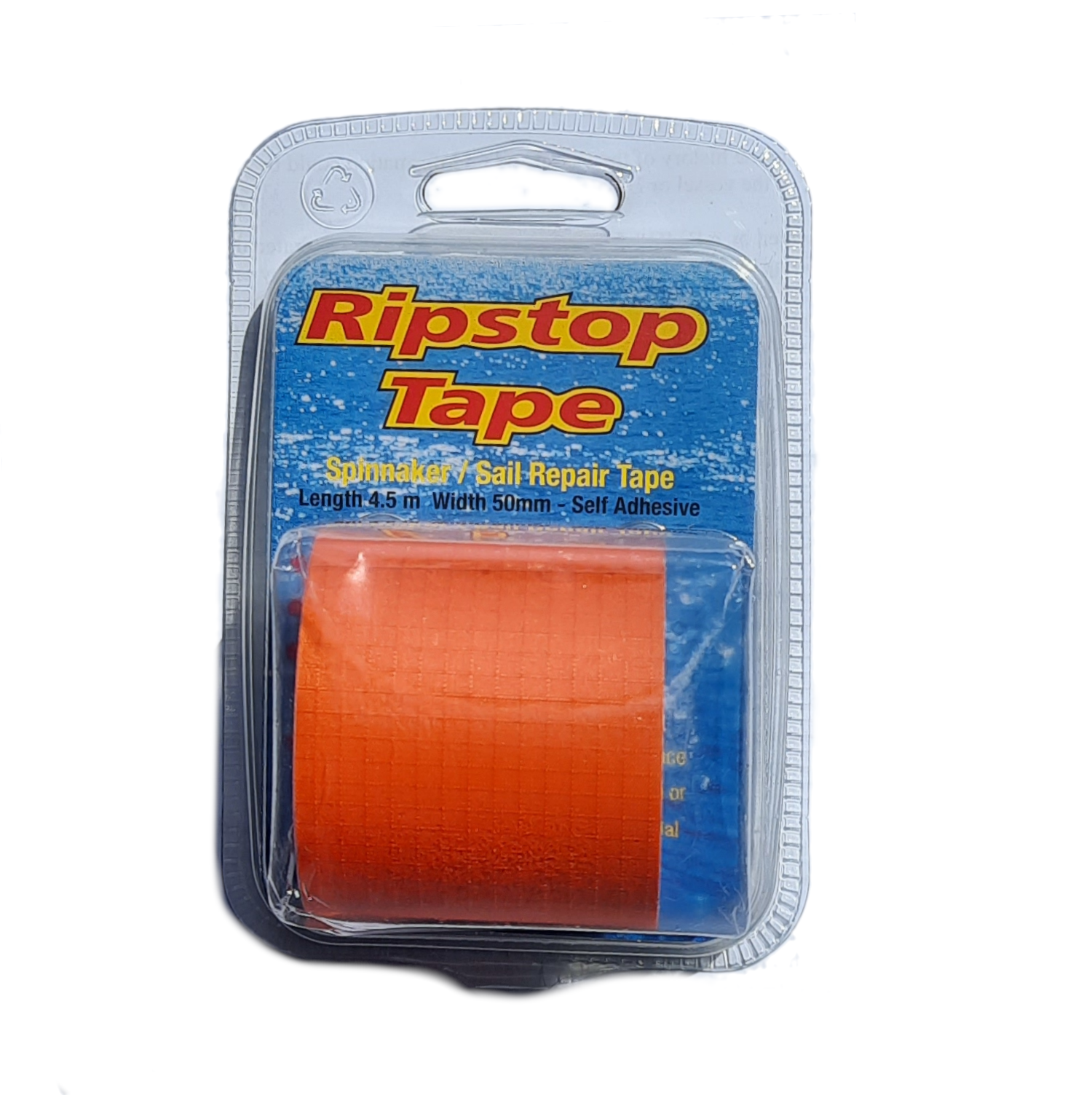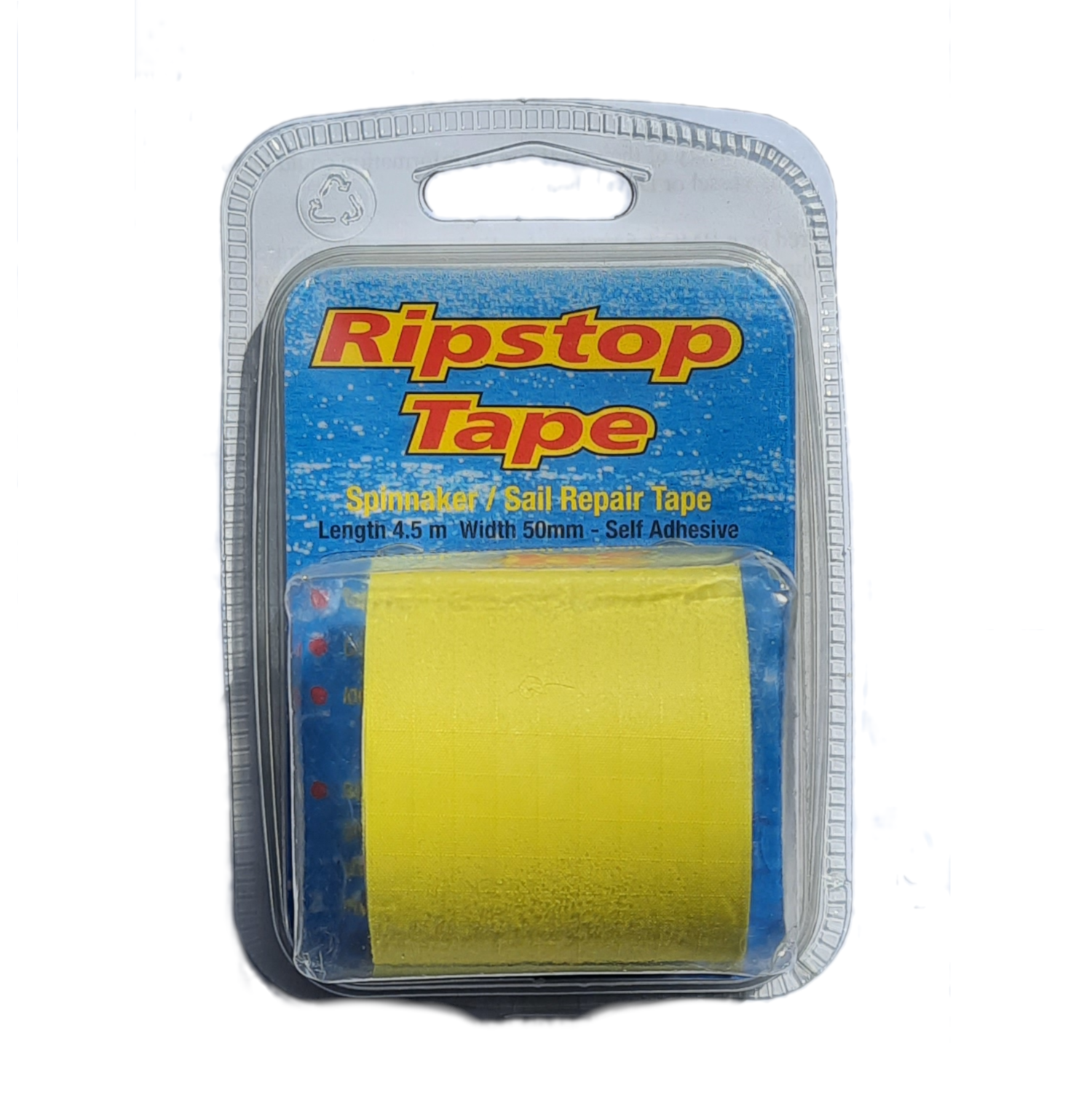 Image 1 of 2
Image 1 of 2

 Image 2 of 2
Image 2 of 2



Sikaflex 291i Marine
A non-sag 1 component polyurethane sealant specifically developed for the marine market, which cures on exposure to atmospheric moisture. Sikaflex®-291i meets in addition the low spread of flame requirements set out by the International Maritime Organisation (IMO)
A non-sag 1 component polyurethane sealant specifically developed for the marine market, which cures on exposure to atmospheric moisture. Sikaflex®-291i meets in addition the low spread of flame requirements set out by the International Maritime Organisation (IMO)
A non-sag 1 component polyurethane sealant specifically developed for the marine market, which cures on exposure to atmospheric moisture. Sikaflex®-291i meets in addition the low spread of flame requirements set out by the International Maritime Organisation (IMO)
Sikaflex®-291i is a multipurpose product used in marine constructions. It is suitable for making elastic, vibration-resistant joint seals, and can also be used for a variety of interior sealing applications. Sikaflex®-291i bonds extremely well to the materials commonly used in marine construction like wood, metals, metal primers and paint coatings (2-C systems), ceramic materials and plastics (GRP, etc.). Sikaflex®-291i must not be used to seal plastics that are prone to stress cracking (e.g. PMMA, PC, etc.). This product is suitable for experienced professional users only. Test with actual substrates and conditions have to be performed to ensure adhesion and material compatibility.
Surface Preparation
Surfaces must be clean, dry and free from grease, oil and dust.
Surface treatment depends on the specific nature of the substrates and is crucial for a long lasting bond. Suggestions for surface preparation may be found on the current edition of the appropriate Sika® Pre-Treatment Chart. Consider that these suggestions are based on experience and have in any case to be verified by tests on original substrates.
Application
Sikaflex®-291i can be processed between 10 °C and 40 °C but changes in reactivity and application properties have to be considered. The optimum temperature for substrate and sealant is between 15 °C and 25 °C.
Sikaflex®-291i can be processed with hand, pneumatic or electric driven piston guns.
Tooling and finishing
Tooling and finishing must be carried out within the skin time of the sealant. It is recommended using Sika® Tooling Agent N. Other finishing agents must be tested for suitability and compatibility prior the use.
Removal
Uncured Sikaflex®-291i can be removed from tools and equipment with Sika® Remover-208 or another suitable solvent. Once cured, the material can only be removed mechanically. Hands and exposed skin have to be washed immediately using Sika® Cleaner-350H cleaning towels or a suitable industrial hand cleaner and water. Do not use solvents on skin!
Overpainting
Sikaflex®-291i can be best painted after formation of a skin. Painting could be improved by treating the joint surface with Sika® Aktivator-100 or Sika® Aktivator-205 prior to paint process. If the paint requires a baking process (> 80 °C), best performance is achieved by allowing the sealant to fully cure first. All paints have to be tested by carrying preliminary trials under manufacturing conditions.
The elasticity of paints is usually lower than that of sealants. This could lead to cracking of the paint in the joint area.










